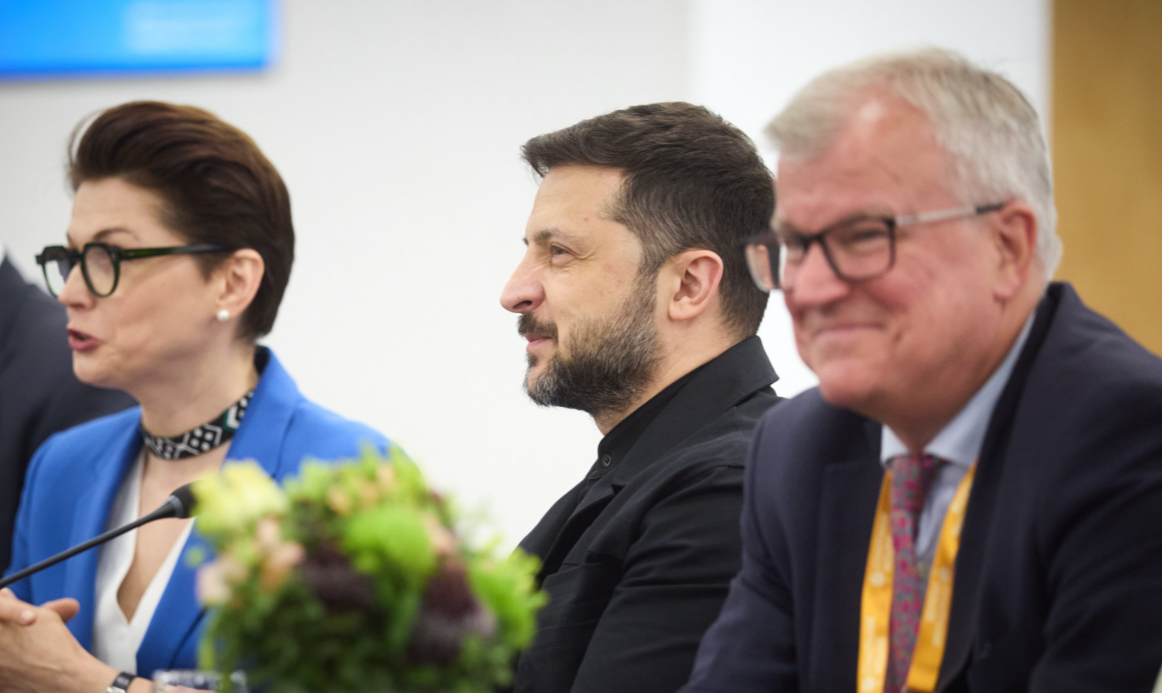Ukraine’s secret drone campaign, Operation Spider Web, revealed by its intelligence agency, targeted five Russian airfields using 117 high-explosive drones. The operation, kept secret even from Western allies, reportedly destroyed up to 40 Russian bombers. NATO praised the tactic, while Russia now plans a new unmanned military branch. President Putin responded by ramping up Russia’s missile and naval capabilities, blaming NATO for global militarization.
Ukraine’s Operation Spider Web: Inside the Secret Drone War That Shook Russia’s Airfields
As the brutal war between Russia and Ukraine grinds on with no clear end in sight, a stunning new revelation by Ukraine’s intelligence services has captured global attention. In a daring and clandestine maneuver dubbed Operation Spider Web, Ukraine’s Security Service (SBU) struck deep into the heart of Russian aerial infrastructure — launching a dramatic blow against the Kremlin’s military capabilities.
The night of terror unfolded across Ukraine, especially in the northeast city of Sumy, where relentless missile barrages from Russia rained death from above. But even as Russian troops pressed forward on the ground, Ukrainian forces mounted strong and strategic counterattacks, repelling advances and inflicting damage. Amid the fog of war, one of Ukraine’s most ambitious intelligence operations was already in full motion — long shielded from public view, now finally exposed.
For over 18 months, SBU chief Vasil Maluk orchestrated a covert drone offensive targeting five major Russian airfields. Under Operation Spider Web, Ukrainian forces launched 117 precision drones, not the typical makeshift devices often seen in low-budget warfare. Each drone was outfitted with a 1.66 kg shaped explosive charge — highly specialized to destroy fuel tanks, ignite missile bays, and dismantle Russian bombers from within.
These high-impact drones were developed with such secrecy that even the individuals constructing their various components had no idea what they were contributing to. The drone manufacturers didn’t know the final purpose of their products; the cabin builders had no knowledge of their true targets. Everything was executed under a veil of total operational silence.
Perhaps most astonishingly, even Ukraine’s Western allies were kept in the dark. Kyiv chose to proceed without informing NATO or other partners — a calculated decision to maintain full strategic control and operational surprise. The results were staggering: Ukraine claims up to 40 Russian bombers were destroyed through these targeted strikes.
This achievement has been hailed as a major tactical win and drew praise from NATO planners. One NATO strategist described it as “a Trojan Horse”—comparing Ukraine’s tactics to the legendary ancient Greek subterfuge, symbolizing a new era of technical and industrial creativity in modern warfare.
In the aftermath of the strikes, Russia appears to be adapting. In a formal announcement, Moscow revealed it would be forming a new branch of the armed forces dedicated to unmanned systems. This move acknowledges the rising significance of drone warfare in 21st-century combat. “A topical task remains to increase the combat capabilities of all types of armed forces,” the Russian military stated, noting the decisive role unmanned aerial vehicles (UAVs) now play in conflicts.
President Vladimir Putin responded with escalatory rhetoric, accusing NATO of provoking a global arms race and accelerating militarization. In a combative tone, Putin announced plans to:
- Replenish Russia’s missile carrier fleets,
- Resume production of medium-range missile systems,
- Equip the Navy and submarines with high-precision weapons.
With this, the Russia-Ukraine war continues to evolve — from trench warfare and artillery exchanges to sophisticated intelligence campaigns and cutting-edge drone assaults. Ukraine’s Operation Spider Web has now entered the annals of modern military history as a stark reminder of how asymmetric strategies can upend conventional power — all while reshaping the very future of warfare.

